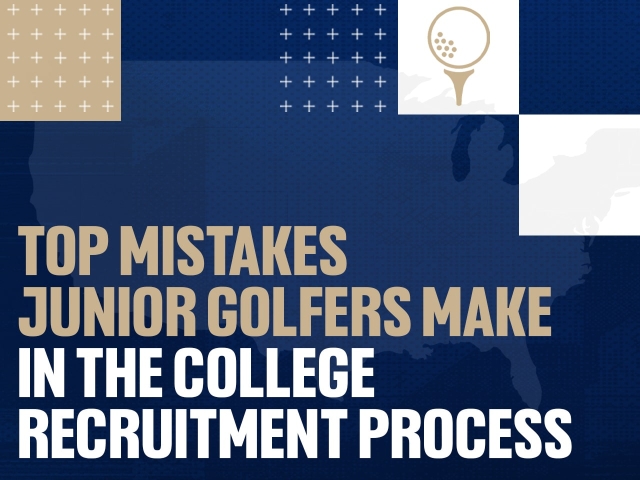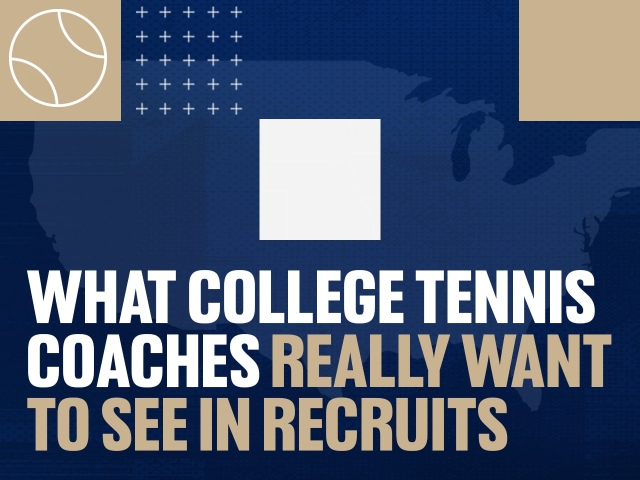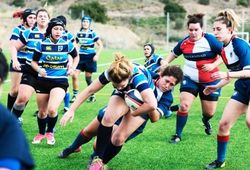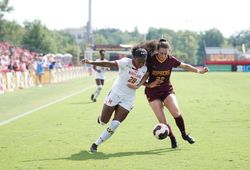A
student-athlete wishing to transfer to a new institution must be aware of how the transfer may affect his or her eligibility. A student-athlete who has decided it to transfer to an NAIA institution should understand these rules that apply to various parts of the transfer process. Keep in mind these rules are for transferring to NAIA schools only. If a student athlete is considering transferring to a non-NAIA institution, the student-athlete must follow the regulations for that particular association.
Contacting an NAIA Institution
The transfer process typically begins with an enrolled student contacting other institutions to gauge potential interest. A student (or family member) may contact an NAIA institution about a transfer at any time. Once contacted by a student who is enrolled at another institution, the potential transfer institution is required to provide written notification of the contact to the student-athlete’s current institution within 10 days. The new institution cannot continue contact with the student until this written notification has been sent. Note this is a courtesy notification only; the new institution does not need any type of release or permission to continue recruiting the student.
NAIA coaches or athletics department staff members cannot initiate contact with any student-athlete enrolled at another four-year institution. A coach or staff member can initiate contact with a student-athlete enrolled at a two-year institution only after the student-athlete completes the academic year in which his/her first season of competition was utilized.
Sometimes contact from a student-athlete is ignored or the institution informs the student it is not interested. These types of situations are not considered communication that requires notification to the student’s current institution. However, notification must be made to the current institution if any institutional representative responds in any way to the initial communication.
Residency Rule
A student who participated in intercollegiate athletics at the immediately previous four-year institution and then chooses to transfer to an NAIA school is required to be in residence at the NAIA school for 16 calendar weeks before the student may compete.
Exceptions:
- Requirement is waived if the student has a cumulative 2.0 GPA from all previously attended institutions and has a written release from the athletics director at the immediately previous four-year institution.
- A student-athlete whose only enrollment history is at two-year institutions or whose immediate previous athletic participation is at a two-year institution does not have to establish residency.
Note: NAIA conferences may have additional rules for inter-conference transfers. Any student transferring within an NAIA conference should contact the conference to determine if any additional rules apply.
Obtaining a Transfer Release
A student may request a release from his/her athletics director. However, releases are granted or withheld at the sole discretion of the institution’s athletics director. The NAIA national office cannot force a release nor supersede an athletics director’s decision. The release must be in writing and must come from the athletics director, no other institutional representative.
No official release form exists for the athletic director to sign. She/he simply needs to write a letter releasing the student from the institution.
Seasons of Competition for Mid-Year Transfers
If a student-athlete is considering transferring to an NAIA institution, mid-year (after the end of the fall term), consideration must be placed on his/her seasons of competition. If the student-athlete already represented the initial institution in an athletic competition (say, basketball), then transfers to a second institution where he/she immediately starts competing in the same sport, the student-athlete will be charged two seasons of competition in that sport.
The only time a student could represent two institutions in the same academic year and use only one season of competition is if the student competed for a junior college and graduated at the close of the fall term, and subsequently transfers and competes at an NAIA institution during the same year.
Eligibility Statement
Once the student-athlete has successfully transferred to an NAIA institution, the institution will need to submit an Official NAIA Transfer Player Eligibility Statement to the eligibility chair on behalf of the student prior to any participation in athletics.
Source:
NAIA.org
If you'd like to apply for a sports scholarship then contact FirstPointUSA today!





